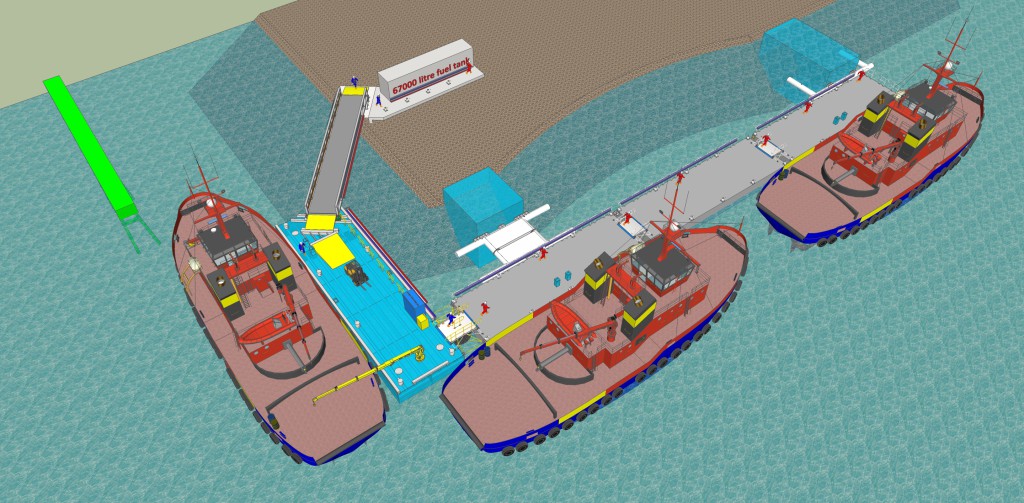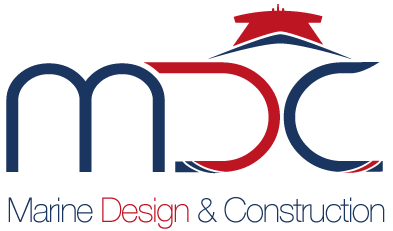We have over 20 years experience in the design of floating pontoons and access brows. This includes two novel pontoon build concepts, one of which has granted international patents. We specialise in producing simple, low maintenance floating systems designed for 50 year life span and 1 in 100 year storm survivability.
The following are examples of standards and codes used in the design of our products:
- BS 6349 – 1:2000 Maritime structures – Part 1: Code of practice for general criteria;
- BS 6349 – 2:2010 Maritime works – Part 2: Code of practice for the design of quay walls, jetties and dolphins;
- BS 6349 – 4:1994 Maritime structures – Part 4: Code of practice for design of fendering and mooring systems;
- BS 6349 – 6:1989 Maritime structures – Part 6: Design of inshore moorings and floating structures;
- BS EN 1991-1-5:2003 Eurocode 1: Actions on structures – Part – 1-5: General actions – Thermal actions;
- BS EN 1992 – 1 – 1 :2004 Eurocode 2: Design of concrete structures – Part 1 – 1: General rules and rules for buildings;
- BS EN 1992 – 2:2005 Eurocode: 2 – Design of concrete structures – Part 2: Concrete bridges – Design and detailing rules;
- BS EN 1993 – 1 – 1:2005 Eurocode 3: Design of steel structures – Part 1-1: General rules and rules for buildings;
- BS EN 1993 – 1 – 5:2006 Eurocode 3: Design of steel structures – Part 1-5: Plates structural elements;
- BS EN 1993- 1- 8:2005 Eurocode 3: Design of steel structures – Part 1-8: Design of joints;
- BS EN 1993 – 1 – 9:2005 Eurocode 3: Design of steel structures – Part 1-9: Fatigue;
- BS EN 1993 – 2:2006 Eurocode 3: Design of steel structures – Part 2: Steel bridges
- BS EN 1997 – 1:2004 Eurocode 7: Geotechnical design – Part 1: General rules;
- AS/NZS 1170.2:2011 Structural Design Actions Part 2 – Wind actions.
- AS 3600-2009: Concrete Structures
-

-
View from seaward
-

-
View from landward



You must be logged in to post a comment.